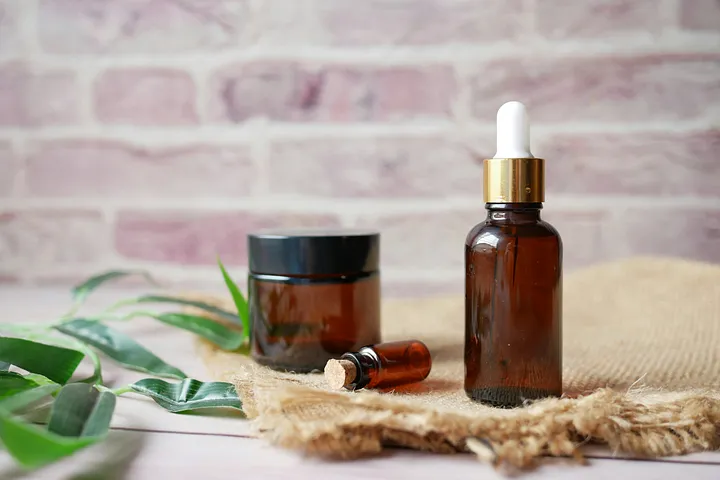Aromatherapy has been around for thousands of years. Ancient cultures like China, India, and Egypt used the science and art of aromatic plant essential oils for therapy and religious practices. This holistic healing treatment has a wealth of benefits for overall wellness, improving the health of the body, mind, and spirit. Aromatherapy is an excellent complementary therapy or the best part of your self-care routine.
What is Aromatherapy?
Often called essential oil therapy, aromatherapy uses essential oils extracted from plants and contains volatile oils. Essential oils are made by steaming or pressing parts of a plant — flowers, bark, leaves, or fruit — to capture the fragrance. Essential oils are natural substances but should be used with care as they are chemicals, despite being a natural compounds.
Aromatherapy is a practice that uses essential oils to promote wellbeing and therapeutic benefits. There are a variety of ways that essential oils are used in aromatherapy. These include inhalation, where the olfactory nerves are targeted directly and impact the amygdala — the brain’s emotional center. Essential oils can be absorbed through the skin, where a massage therapist may add a drop of essential oil, like wintergreen, to help soothe tight muscles. You can also find essential oils in candles, bath salts, and skincare products.
Aromatherapy in practice
Essential oils are always diluted in fatty oil to prevent skin irritation. Although aromatherapy is not well recognized in the US as a legitimate form of treatment, England, Japan, and Australia consider the treatment as bonafide complementary medicine.
Aromatherapy, in practice, has a holistic effect on the entire body by targeting the emotional center of the brain. Inhaling the essential oils will stimulate the olfactory system and affects the limbic system, which is linked to emotions, heart rate, blood pressure, breathing, memory, stress, and hormone imbalance. Aromatherapy provides a noticeable shift in the body that promotes health and wellness. The molecules of the oils also have beneficial effects on the body.
Through massage, bathing, and skincare products, topical applications can encourage the absorption of the molecules in essential oils. Massaging an area with essential oils can boost circulation to the area and increase absorption of the molecules. Essential oils can also be used in a hot compress which is excellent for addressing symptoms of pain.
Benefits of Aromatherapy
Aromatherapy is not a cure-all. But the use of essential oils can significantly increase health in the long term and work well as complementary medicine. There are plenty of benefits to aromatherapy, including medicinal and self-care uses.
Aromatherapy is a medicinal setting that can include massage and diffusing that has been known to aid in symptom management of pain, nausea, anxiety, depression, stress, menstrual and menopausal problems, and insomnia. These benefits can help those who struggle with allergies, cancer fighters, and other health issues seeking good health.
Aromatherapy for self-care is an excellent way to use essential oils to enhance wellbeing. Popping open a ylang-ylang aroma stick to filter out negative energy, soaking in a lavender bath to increase relaxation, or smoothing a diluted basil essential oil on your pulse points to fight mental fatigue. Essential oils are an excellent self-care tool, whether it’s from a massage therapist or with an aromatherapy necklace.
Common Essential Oils
There are so many essential oils, all with their own benefits and wide-ranging applications. Choosing your essential oil depends on what symptoms you’re looking to treat and the fragrances you enjoy sniffing.
Tea tree oil is an excellent healing agent with anti-fungal properties, which can be used on acne, athlete’s foot, or insect bites.
Eucalyptus can be used as a decongestant that helps with easing coughing.
Frankincense is a rich-smelling essential oil that can help enhance mediation and relaxation.
Peppermint oil is known to help relieve irritable bowel syndrome (IBS) when taken in an enteric-coated capsule. Topical applications can reduce symptoms of tension and headache.
Bergamot is an earthy-smelling essential oil that is uplifting and stimulating.
These are just a few of the many essential oils available today. Make sure to buy your essential oils from a reputable supplier to ensure that they are of high quality. Jasmine, lemon, and chamomile are some examples of other common essential oils which you can use at home or during a therapy session.





